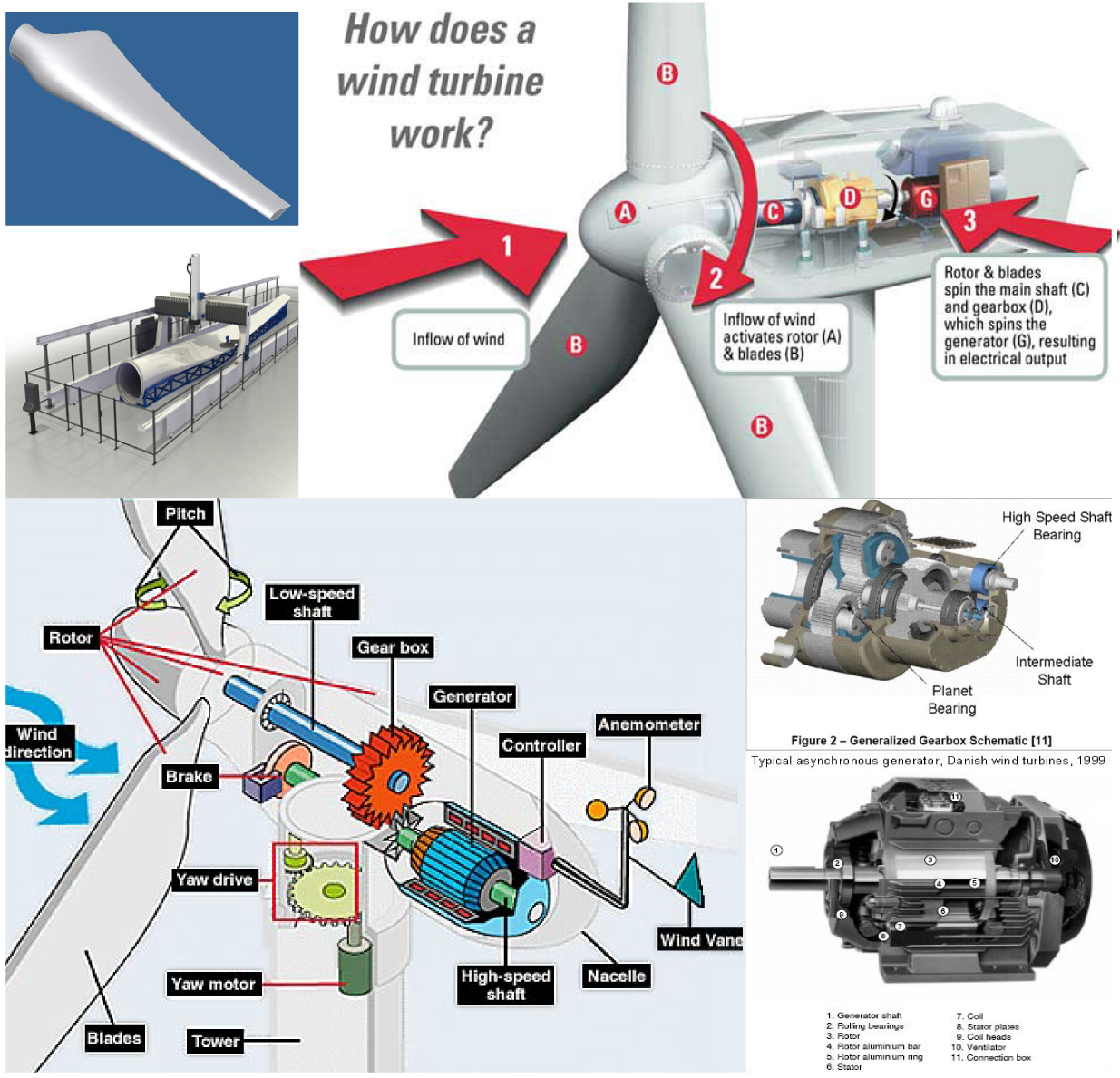Written Thursday, September 02, 2010 by Jonathan Benson | NaturalNew.com
 (NaturalNews) Mainstream nutritionists often claim that conventional produce is no different than organic produce. But a new study recently published in the online, peer-reviewed journal Public Library of Science (PLoS) One proves otherwise, revealing that organic fruits and vegetables pack a greater nutritional punch and produce better, healthier soil than their conventional counterparts.
(NaturalNews) Mainstream nutritionists often claim that conventional produce is no different than organic produce. But a new study recently published in the online, peer-reviewed journal Public Library of Science (PLoS) One proves otherwise, revealing that organic fruits and vegetables pack a greater nutritional punch and produce better, healthier soil than their conventional counterparts.
John Reganold, professor of soil science at Washington State University Regents and author of the new study, and his colleagues conducted the most comprehensive analysis of its kind on commercial produce soil and the strawberries that grow in it. (Conventional strawberries, as many now know, are one of the most pesticide-laden fruits available for sale.)
Reganold and his team analyzed 31 different chemical and biological soil properties--including soil DNA--and performed tests on the quality, nutritional value and taste of 26 different strawberries from both conventional and organic fields. And what they found is truly astounding.
Organic strawberries contain far more antioxidants, vitamin C and beneficial polyphenolic compounds than conventional strawberries, and they have a longer shelf life. Organic strawberries also contain more dry matter per volume--meaning more actual strawberry--than conventional ones do.
In an unbiased taste test, samplers indicated that organic strawberries taste better overall, both in terms of sweetness and general strawberry flavor. And when viewed side-by-side, organic strawberries are more visually appealing.
But it does not stop there. In soil tests, organic soils tested extremely rich in key nutrients, enzymes and biological and chemical elements, that are otherwise lacking in conventional fields. Such soil nutrients are vital for producing nutritionally-rich fruit, as well as for maintaining healthy soil conditions that preserve and promote environmental integrity.
The study also revealed that organic produce can be raised with the same--or better--yields as conventional produce, but without all the harmful chemicals and pesticides that destroy both human health and the environment.
This article has been brought to you by Knight's Dilemma from NaturalNew.com.
Original article can be found Here.
 (NaturalNews) Mainstream nutritionists often claim that conventional produce is no different than organic produce. But a new study recently published in the online, peer-reviewed journal Public Library of Science (PLoS) One proves otherwise, revealing that organic fruits and vegetables pack a greater nutritional punch and produce better, healthier soil than their conventional counterparts.
(NaturalNews) Mainstream nutritionists often claim that conventional produce is no different than organic produce. But a new study recently published in the online, peer-reviewed journal Public Library of Science (PLoS) One proves otherwise, revealing that organic fruits and vegetables pack a greater nutritional punch and produce better, healthier soil than their conventional counterparts.John Reganold, professor of soil science at Washington State University Regents and author of the new study, and his colleagues conducted the most comprehensive analysis of its kind on commercial produce soil and the strawberries that grow in it. (Conventional strawberries, as many now know, are one of the most pesticide-laden fruits available for sale.)
Reganold and his team analyzed 31 different chemical and biological soil properties--including soil DNA--and performed tests on the quality, nutritional value and taste of 26 different strawberries from both conventional and organic fields. And what they found is truly astounding.
Organic strawberries contain far more antioxidants, vitamin C and beneficial polyphenolic compounds than conventional strawberries, and they have a longer shelf life. Organic strawberries also contain more dry matter per volume--meaning more actual strawberry--than conventional ones do.
In an unbiased taste test, samplers indicated that organic strawberries taste better overall, both in terms of sweetness and general strawberry flavor. And when viewed side-by-side, organic strawberries are more visually appealing.
But it does not stop there. In soil tests, organic soils tested extremely rich in key nutrients, enzymes and biological and chemical elements, that are otherwise lacking in conventional fields. Such soil nutrients are vital for producing nutritionally-rich fruit, as well as for maintaining healthy soil conditions that preserve and promote environmental integrity.
The study also revealed that organic produce can be raised with the same--or better--yields as conventional produce, but without all the harmful chemicals and pesticides that destroy both human health and the environment.
This article has been brought to you by Knight's Dilemma from NaturalNew.com.
Original article can be found Here.






